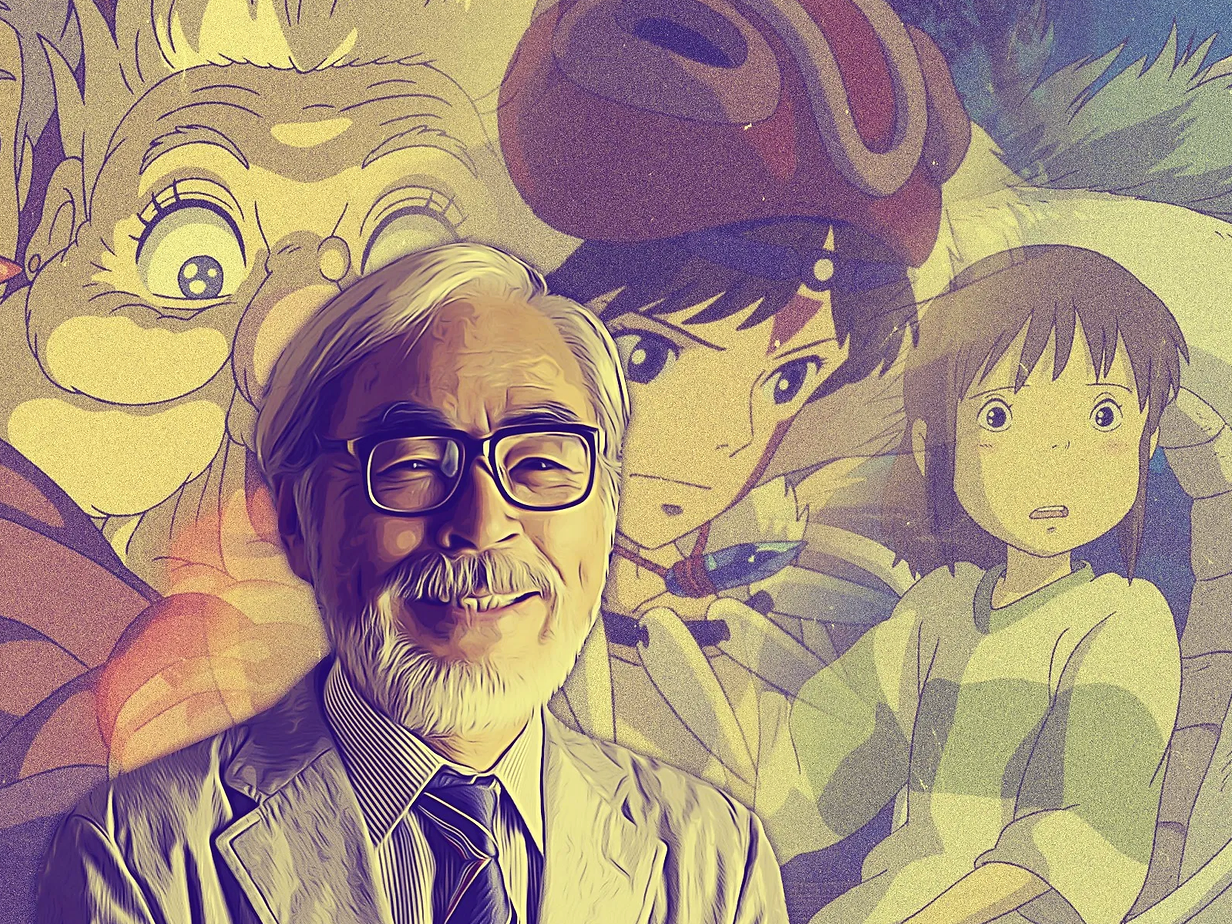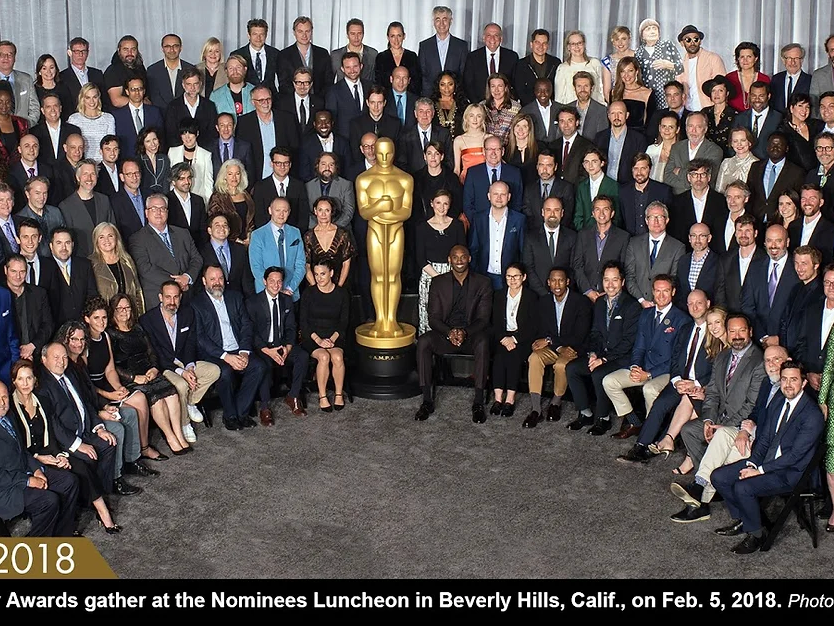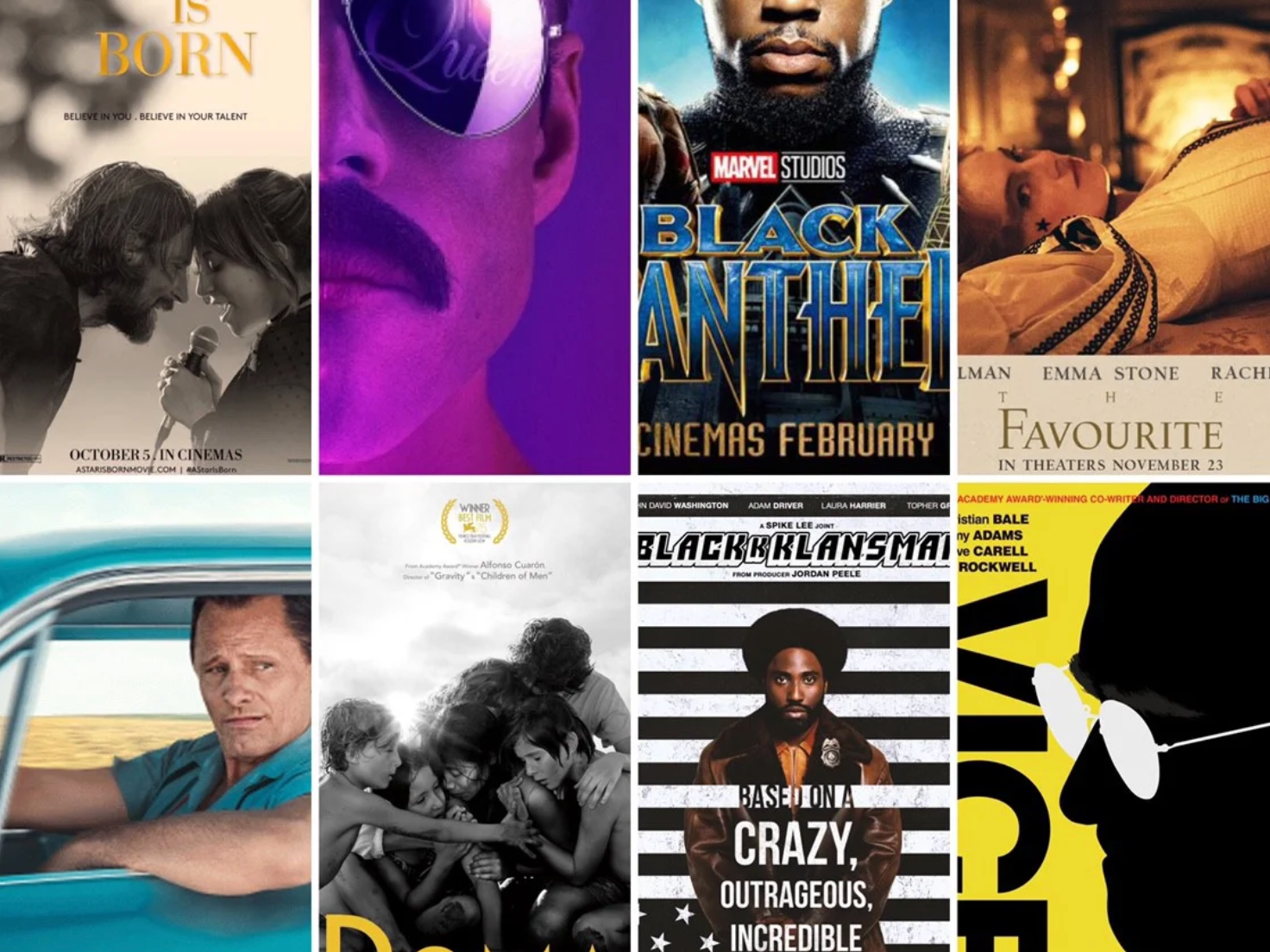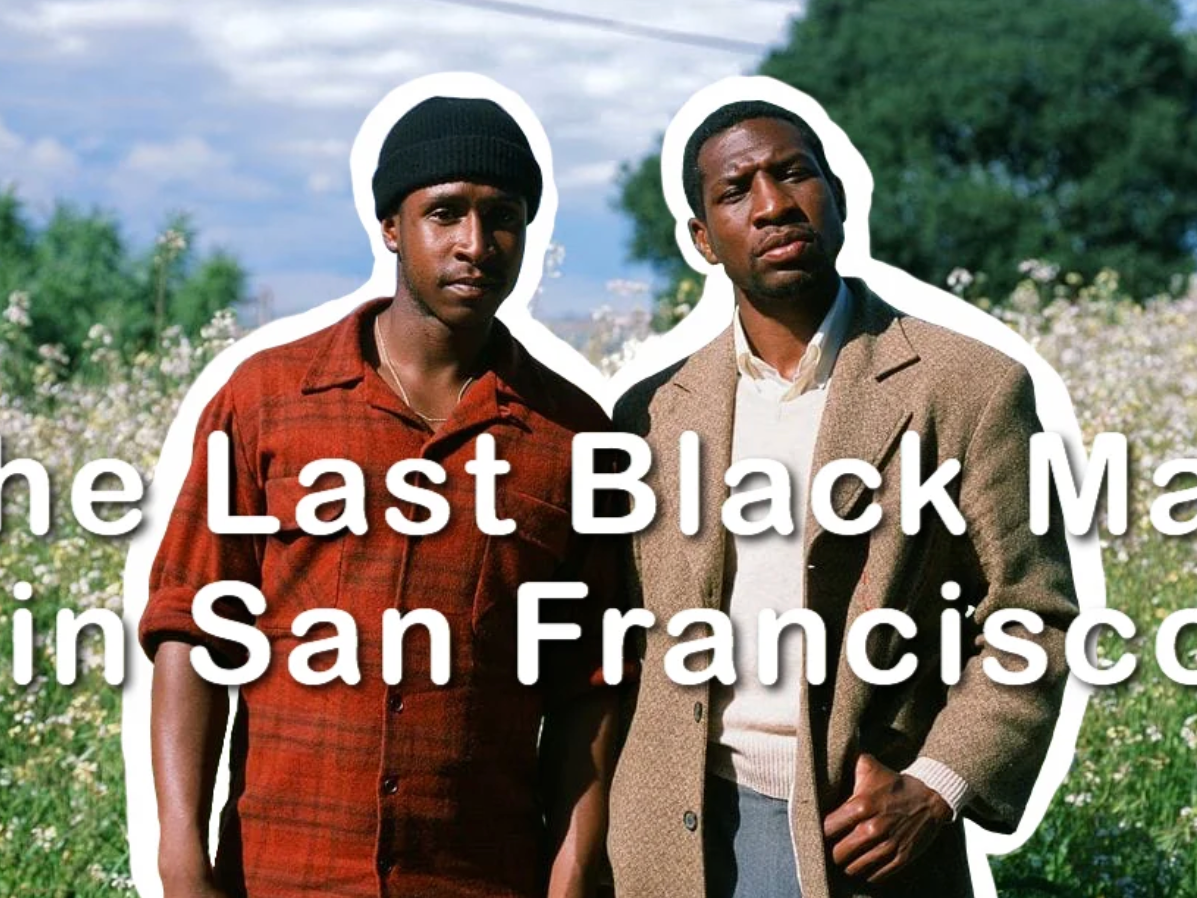When going to the movies with a group of people there are specific ways that people will refer to the film. Sometimes they may be straight up and just refer to the film by its title, talk about it by mentioning what happens in the trailer or actual film, “it’s from the person that made this other film,” but in most instances, the film will be known as and discussed as “that (insert actors name here) movie.” It may not seem the fairest and tasteful way to talk about something that can be so artistic, moving, and powerful, but it has to be admitted that everyone tries to talk to someone about a film and calls it “that movie with Emma Stone” or “you know, the one with the bear and Leonardo DiCaprio.” It’s no question that when marketing a film the actors are put front and center to try and get people to get out, pay money, and see the film. This practice was especially prevalent in the blockbuster age of Hollywood filmmaking, but in recent years with greater access to the wide catalog of films all over the world and the popularity of indie and more underground cult films, that mainstream practice has been shifting. The smaller indie films feel confident in being able to find the right producers and financing for their films without feeling pressured to compromise only so a big-budget actor can bring them easy financing and studio opportunities with their influence.
Is a strong mainstream actor the only thing that can bring success to a film? The answer is no, but for many studio heads having a name attached to a film means having that name seen and getting those seats filled. For some this is true, people do love recognition and when presented with two films, one with no recognizable talent and the other with, most people are going to flock towards the one with the Mark Wahlbergs, the Jennifer Lawrences, the Dwayne ‘The Rock’ Johnsons. The involvement of blockbuster successful stars is not going to create those successes, but it does help to guarantee funding for film financiers who do not want to take risks when they produce a film. They are more willing to play it safe and hedge their bets by casting an established celebrity who is more certain to help sell and market the movie by doing press junkets and automatically drawing viewers through their name recognition. Financing a film is already a major risk with the uncertainty of return, so investors will be more easily influenced to take the financial risks when a star is involved. Certain stories or genres already have a lot of draw and do not need star power (biopics, horror films, films made for the Chinese market), but going outside of those guaranteed moneymakers generally requires star power to be a safe bet for success. When going to produce a movie and gather funding, the creators will try and get those stars attached to get the funding from those scared studios. Some of the major examples of an actor selling a film would be Face/Off (1997), a film that revolves entirely around the fact that major actors at the time Nicolas Cage and John Travolta switch faces, Speed (1994), a film where Keanu Reeves and Sandra Bullock try to stop a bus from blowing up, and really anything with major action stars like Arnold Schwarzenegger, Nicolas Cage, Angelina Jolie, John Travolta, Michelle Rodriguez, Bruce Willis, Harrison Ford, Sigourney Weaver, etc.
These films that are easier to sell and market to producers with simple premises and big stars are called high concept films. These are the types of works that can be pitched in a few sentences or less and often revolve around stories that can be summarized with “what-if” scenarios. This is contrasted with low-concept films that place a much greater focus on the world and the characters of the story. These low-concept films are also extremely execution-dependent, meaning that they have the possibility of being successful, though it requires luck and the right people behind the film (writers, director, production designer, sound designers, costume designers, etc). This scary formula where the outcome is uncertain leads a lot of low concept stories down one of two different paths: either the film will be budget dependent and cost almost no money for the studios producing it, or it will be star dependent and the star attached to the film will sell it to the audiences. These actors are a great pull for the audiences who otherwise would not see a low-concept film, and the studios know this which is why many of them almost require big stars before financing a smaller low-concept film. They do not care whether or not the film is particularly good or not, they just want the viewer to be interested in seeing it, and the guarantee for that is to have actors selling those movies by being on the posters and the talk shows marketing that movie.
One of the striking examples of this is in animated movies. Animated movies used to only really have B-list or C-list talent or dedicated voice actors cast in their films to bring characters to life, they were children's movies so why should a mainstream talent want to make something that’s not a real film? This shifted after Robin Williams voiced the Genie in Aladdin (1992) and the film went on to be one of Disney’s greatest successes in animation. Seeing the success of the film with Robin, Disney began to cast more huge talents and actors began to view animation as a valid form of entertainment and film (and some also saw it as an easy paycheck). These animated films will go through and hire big-budget actors because a kid will want to go see the film no matter who is in it, and the recognizable actors will attract attention from adults and critics. The conversation at the water cooler is a lot more lively when talking about so-and-so in the new trailer for whatever instead of how it would be had the role been filled with any other talented voice actor. People are not going to be interested in an animated movie with no stand-out qualities, but they will be attracted when they see that it’s Justin Timberlake or Pitbull playing that troll, doll, etc. A film like Boss Baby (2017) would be unremarkable for the adult audience had Alec Baldwin not been the voice of the titular baby.
The typical market for films has been changing in the last decade and this mainstream practice has started to be sidestepped by smaller indie films through different streaming platforms like Netflix. These streaming platforms will put anything and everything in their catalogs, including giving smaller filmmakers a place to find their niche audience. When the big distributors and studios are unwilling to give a film financing, sites like Netflix or small internet communities can give these films the attention they deserve. This increased access to new and different films that are not as mainstream as the typical films that would see wide theatrical releases have given a lot of smaller films attention, and this attention for carefully crafted and personal films is beginning to be seen more in the mainstream. New and riskier films that would otherwise have been ignored by the wider audiences are finding their time to shine. This includes documentaries that before would never really see wide releases. It is still easy for films to go down the easy road and find the biggest stars to automatically have so much marketing for the film through their names alone, but a lot of these filmmakers try to find the perfect people for the roles that they envision.
To be a box office success you do not need actors to sell your films, you can be successful with things like visuals or a well-crafted story and an artistic vision. Yes, the name recognition still exists regardless of the film’s actual content, but it’s not like it was in the 80s and 90s when everyone went to go see the new Tom Cruise or Arnold Schwarzenegger movie. Actors like Natalie Portman, Tom Hanks, Viola Davis, Denzel Washington, still pick roles that they find to be very personal or part of a film that is created with care and passion, while others like Nicolas Cage or Bruce Willis will sign on to do anything as long as they get a paycheck and become the sole point of marketing for the film.
Selling to studios might still be a little bit of the same where the director has to be known to get funding and accomplished actors need to be tied to guarantee funding and a place in the festival circuit, but the risk vs. reward dynamics are changing. Robert Egger’s new film The Lighthouse,set to be released later this year, is an ambitious black and white period piece focusing on two lighthouse keepers in the 1890s played by Willem Dafoe and Robert Pattinson. Surely the casting helped give the film some financing and certain audiences will flock to see the film solely based on the two actors, but it is by no means an actor who is selling the film to the public. The film has its own legs to stand on and market itself to the public rather than solely rely on the actors to sell it, it is not a Pattinson film or a Dafoe film, it is much more. People will still look for studios to get most of their funding, make concessions, hire big-name actors to get more funding, but a lot of filmmakers and screenwriters now have the options in front of them to take their films to many different producers who do operate with smaller more indie films. These financiers exist to take risks and promote the visions and aesthetics of the stories, the content of the projects is what they want to build the films around. This is opposed to the blockbuster filmmaking practice seen today of building the film as a vehicle for an established actor so that everyone can have an easy ride to financial success. It would be easy for a lot of these films to go down the easy road and just pick the biggest stars, but a lot of these films just want to tell their story and create their film with the perfect people in every role, whether that role is behind the camera as a costume designer or in front of the camera as an actor. They just want to make their vision a reality, and the film industry is starting to catch up and the niche viewers are starting to be able to find those films.







